Top 5 Essential Devices for Safe and Efficient Surgeries in the Operating Theater
The operating theater is the heart of any hospital, where complex and life-saving procedures occur. To ensure both patient safety and surgical efficiency, the right equipment must be readily available and in top working condition. Here are the top five essential devices that ensure safe and efficient surgeries.
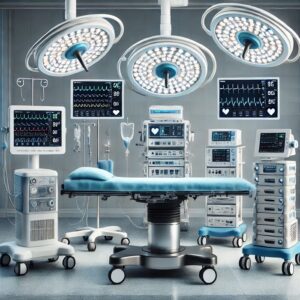
1. Anesthesia Machine
The anesthesia machine is indispensable in any operating theater. It ensures the safe delivery of anesthetic gases to keep patients sedated and pain-free during surgery. These machines come with monitors to track a patient’s vital signs, including oxygen levels, carbon dioxide, and respiratory rate. Modern anesthesia machines also have ventilators integrated into them, offering breathing support during surgery.
Why it’s essential:
Without an effective anesthesia machine, surgeries cannot be performed safely. It ensures that the patient remains unconscious while providing the right level of anesthetic gases and oxygenation.
2. Surgical Lights
Proper illumination is critical for precision during surgery. Surgical lights are designed to provide bright, shadow-free lighting that helps surgeons see clearly. These lights are usually adjustable to focus on the specific area being operated on, providing the clarity needed to perform delicate procedures.
Why it’s essential:
Good visibility reduces the chances of errors during surgery, enabling the surgeon to see tissues and organs clearly, which is especially important in intricate operations.
3. Electrosurgical Unit (ESU)
An Electrosurgical Unit (ESU) is a device that uses high-frequency electrical current to cut tissue or cauterize (seal) blood vessels. This equipment minimizes blood loss during surgery and reduces the risk of infections by sealing vessels without the need for sutures.
Why it’s essential:
The ESU allows surgeons to perform operations with less blood loss, reducing the need for blood transfusions and speeding up recovery times. It also allows for quicker and more precise cuts, improving the efficiency of surgeries.
4. Patient Monitoring Systems
Continuous monitoring of vital signs such as heart rate, oxygen saturation, blood pressure, and respiratory rate is necessary during surgeries. Modern patient monitors offer real-time data that guide the surgical team in adjusting anesthesia, fluids, and other critical interventions.
Why it’s essential:
A reliable patient monitoring system ensures the patient’s vitals are stable throughout the procedure. Any sudden changes can be detected immediately, allowing the surgical team to take quick corrective action.
5. Surgical Table
The surgical table may seem like a basic piece of equipment, but it is one of the most important devices in the operating room. Surgical tables are designed to be adjustable, allowing medical staff to position patients optimally for different types of surgeries. Advanced tables come with controls for height adjustment, tilting, and rotation, ensuring that the surgeon can work comfortably and efficiently.
Why it’s essential:
A well-designed surgical table improves both patient safety and surgical access. It allows the surgical team to position the patient optimally for specific procedures, reducing strain on the surgeon and enhancing precision during operations.
Conclusion
Efficient surgeries require precision, coordination, and the right equipment. Anesthesia machines, surgical lights, electrosurgical units, patient monitoring systems, and surgical tables are the backbone of modern operating rooms. By ensuring these essential devices are functioning correctly, hospitals can improve patient outcomes, reduce surgical risks, and enhance operational efficiency.
Having well-maintained, cutting-edge equipment not only boosts the confidence of the surgical team but also ensures that surgeries are as safe as possible for patients.
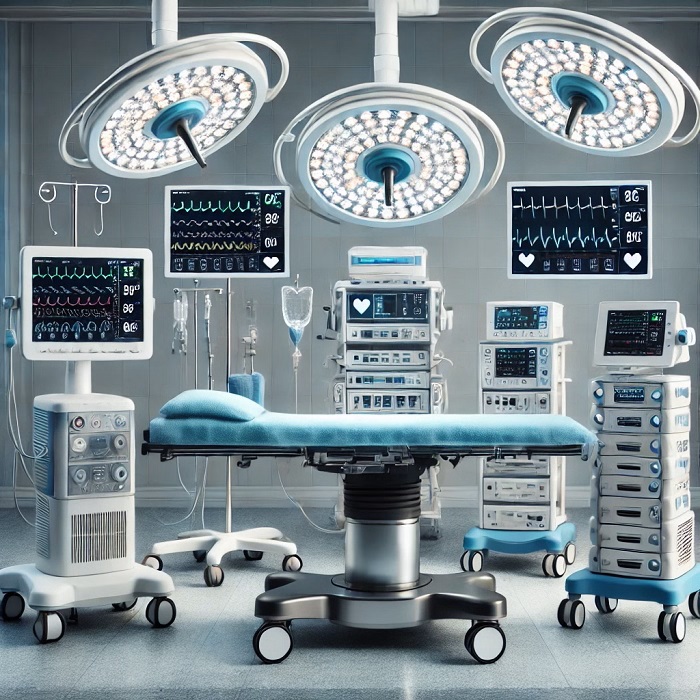
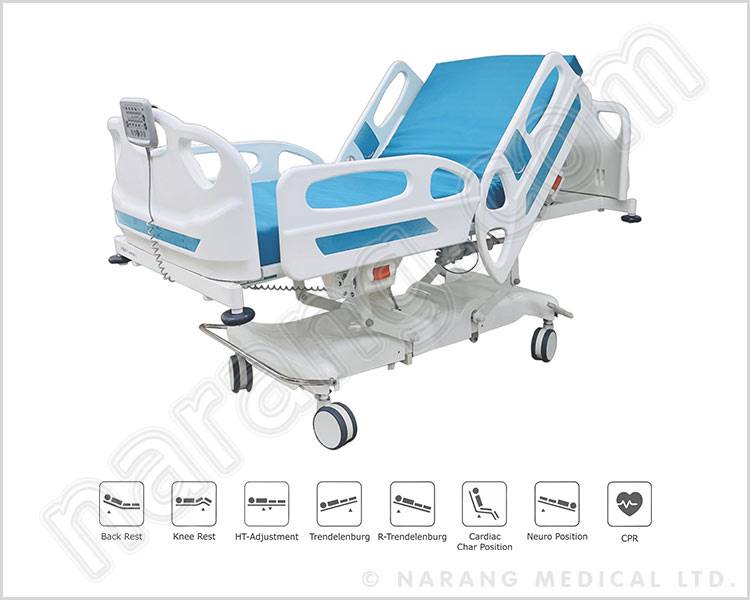
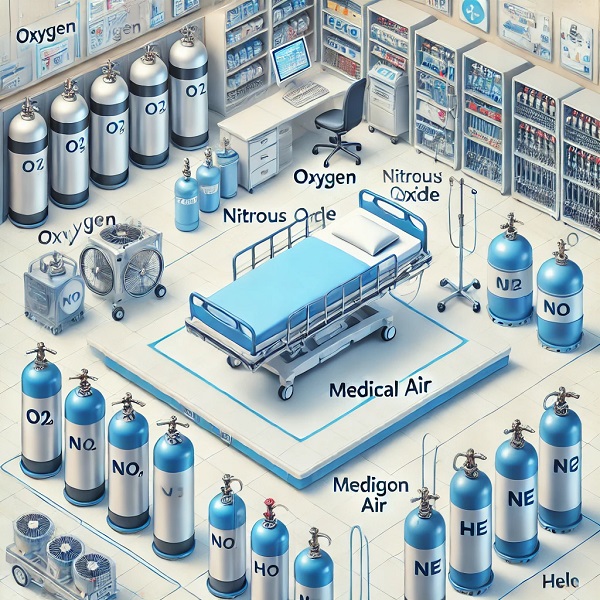
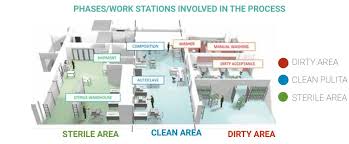
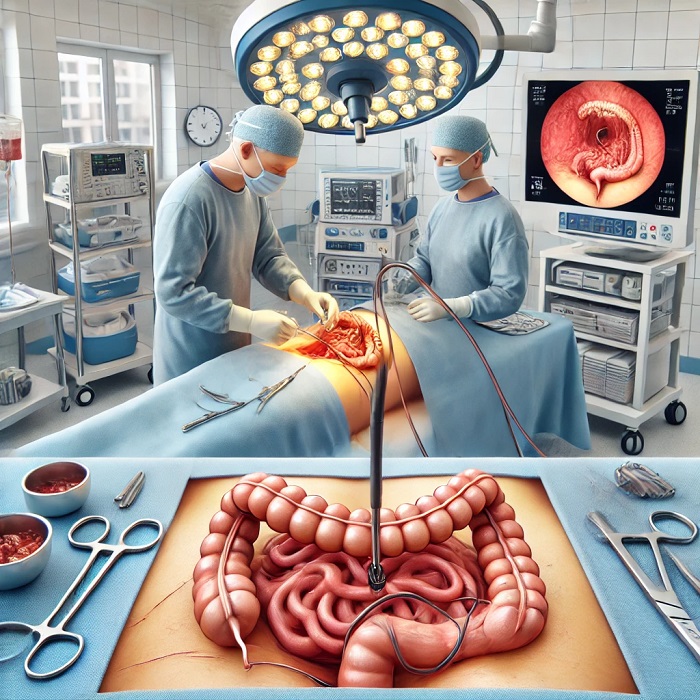
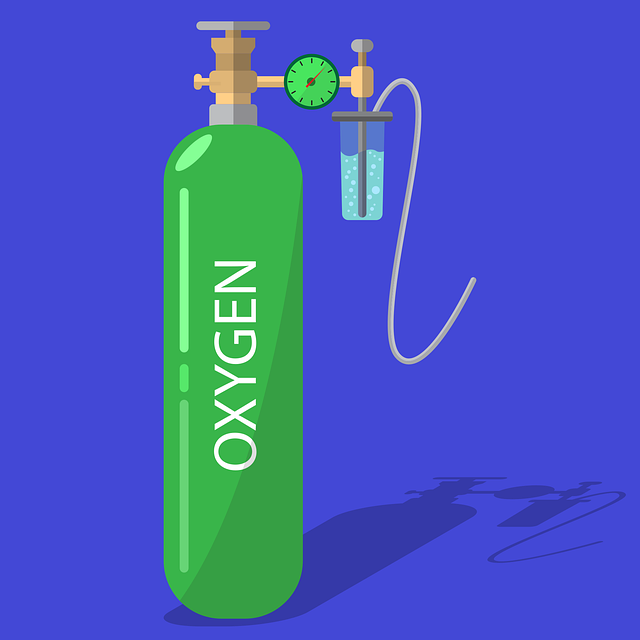


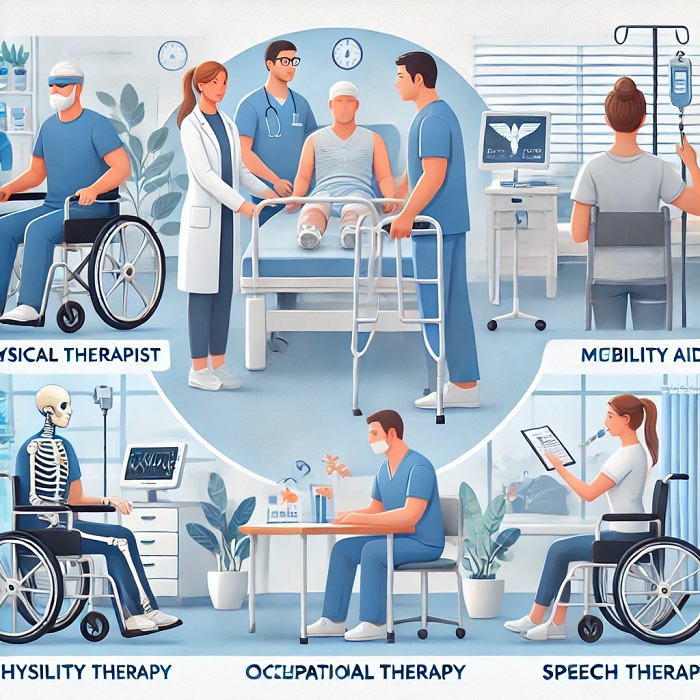
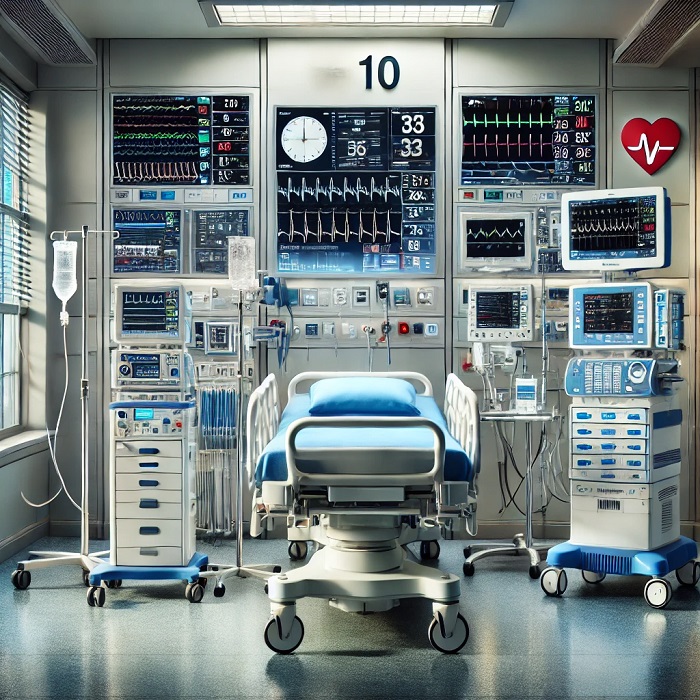
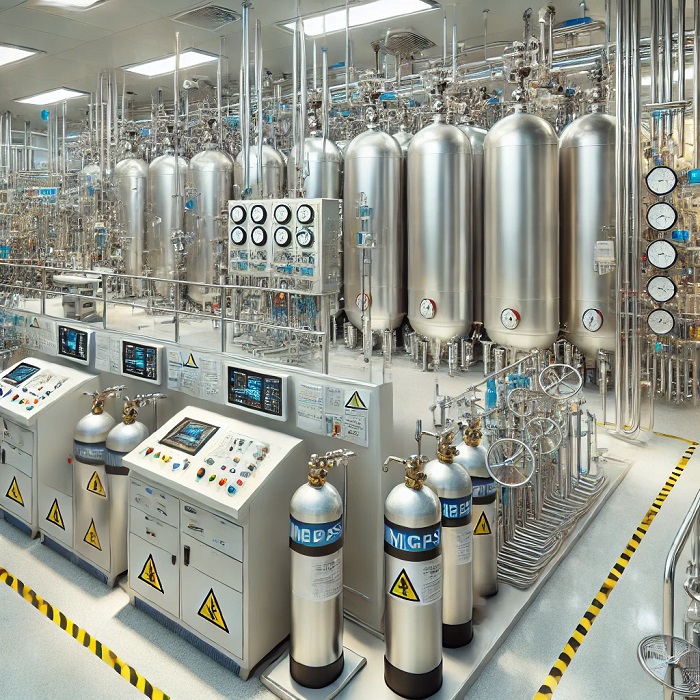



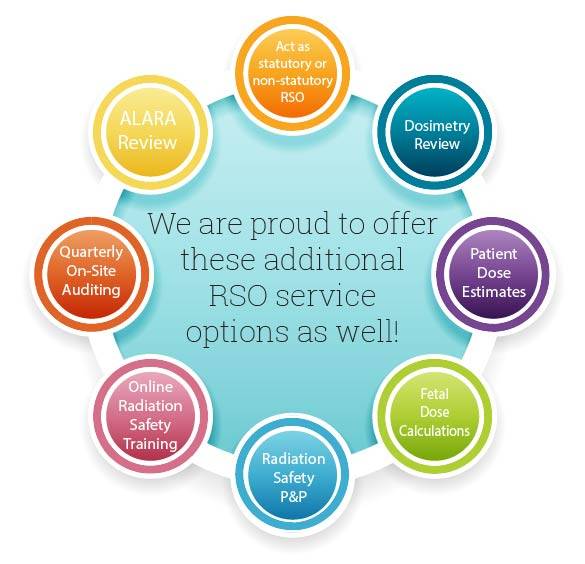
Leave a Reply